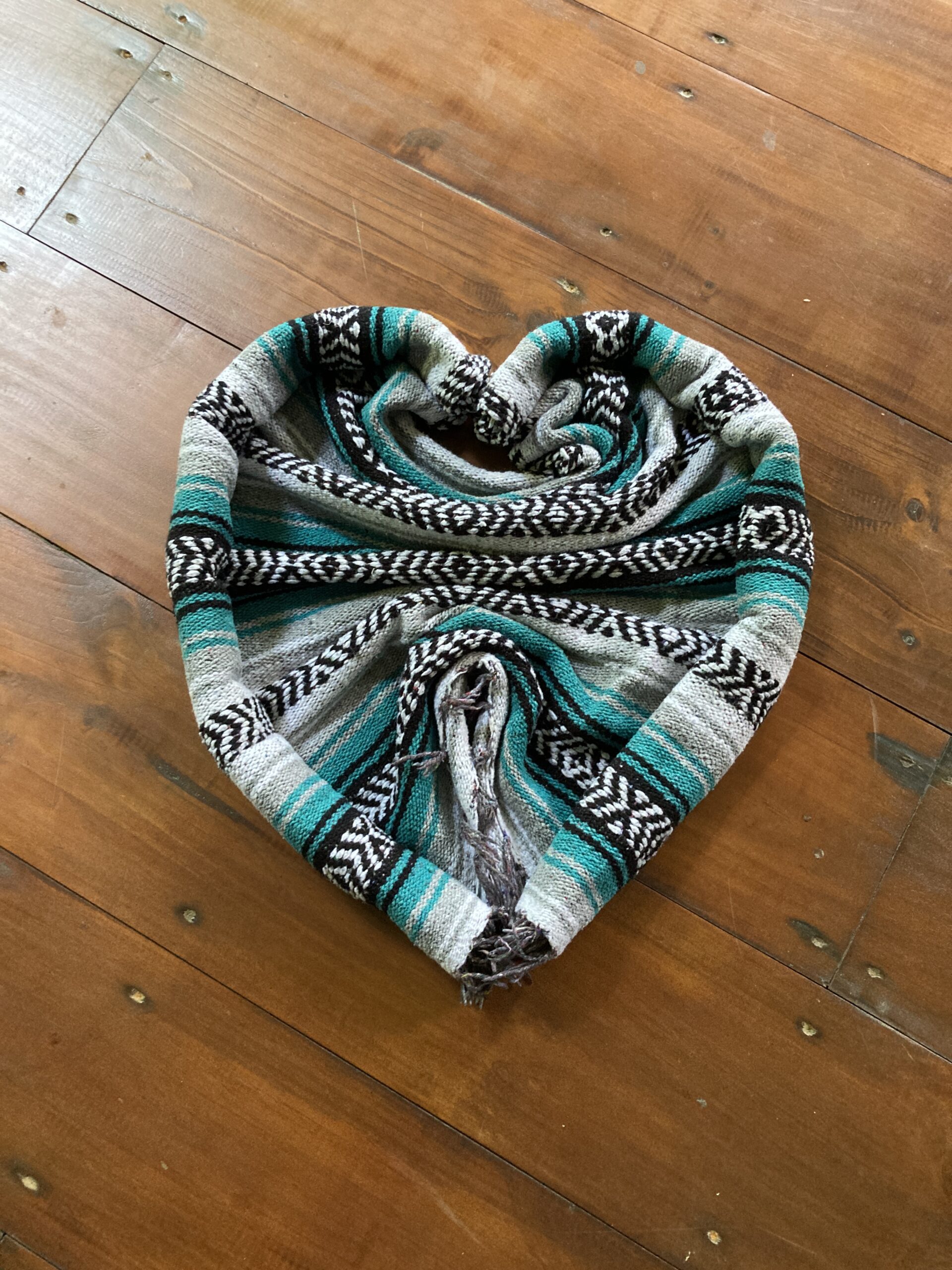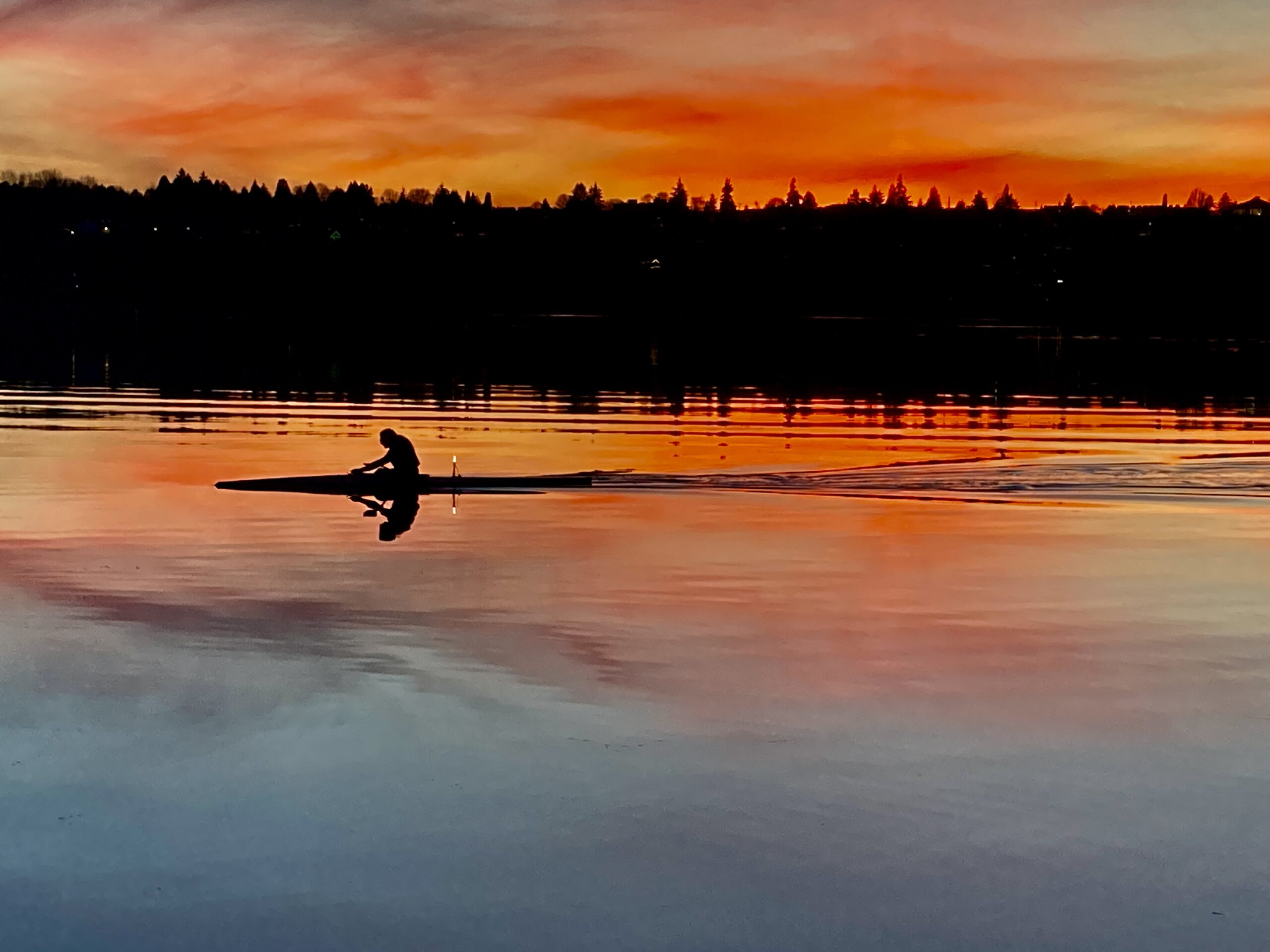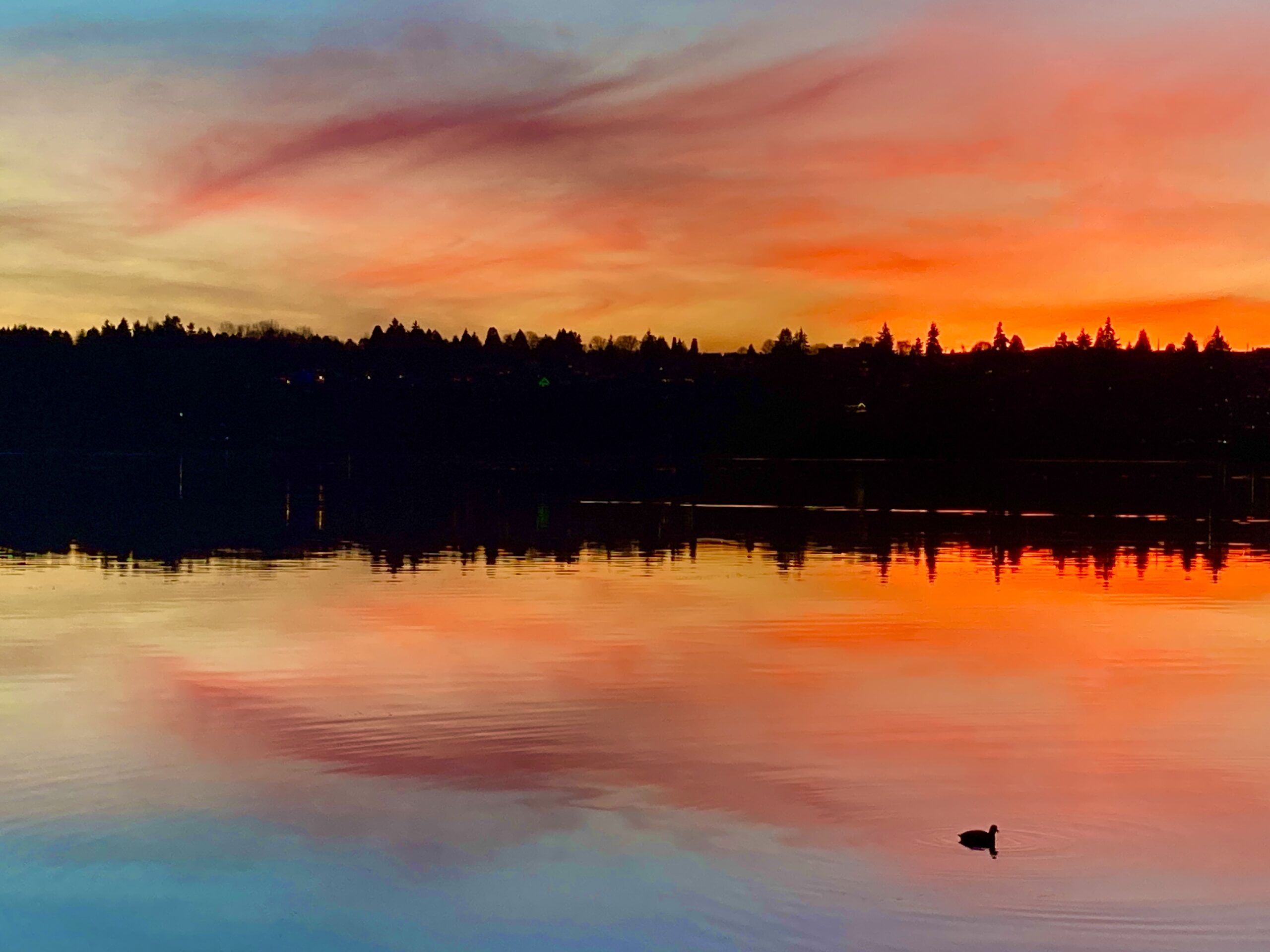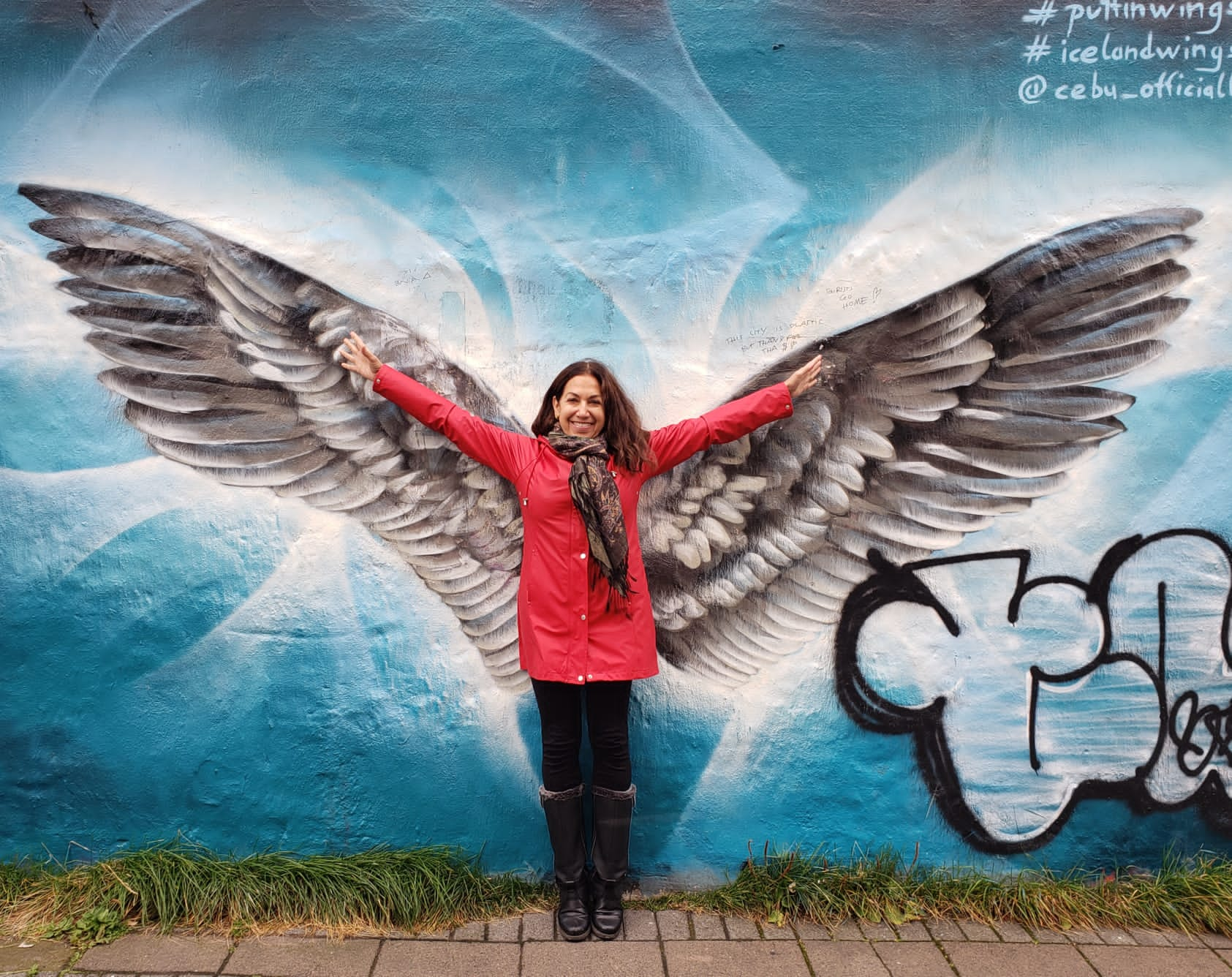As Seattle stands tall, bundled up against freezing temperatures and braced for current snowfall, I write this year’s final Autumn Haiku Encore.
As before, you will see a haiku poem followed by a photo/photos inspired by the haiku. The haiku and photos appear in the order I received them. The first one below is the Basho haiku Kevin received:
The smell of sake,
and the waves,
and the wine-cup
-Basho

Kevin made this collage using his photos
Who was this sake-loving, nature-observing, student-of-humanity poet Basho? Basho lived from 1644-1694. He was born near Kyoto to a samurai family. He abandoned the samurai warrior status he was born into in order to become a poet. Over time, he was regarded as one of the greatest poets of Japan. As a poet he is credited with elevating haiku to a highly refined art form.
Once he became a poet, Basho left Kyoto for Edo (Tokyo) and became a haiku master (Sosho). His name was not always Basho. He was born as Matsuo Munefusa. Over the years, he wandered all over Japan in search of imagery and composed poetry based on what he observed. He also practiced meditation. He was unconcerned with money matters, but was able to establish a small cottage in Fukagawa, Edo (Tokyo) due to a generous monetary gift from an admirer of his art. At his cottage, Basho was gifted a banana tree, which he planted in his garden. The banana tree, called basho-an in Japanese, became his favorite tree and he decided to name himself after it.
JD received the following haiku written by Issa, a poet and Buddhist monk, and was able to find a great old pine tree to go with it:
It has aged indeed
The pine tree that I planted
Now autumn’s ending
-Issa

300 year old pine tree “Of course this is a picture of the 300 year old pine from the Hama-Rikyu Onshi-Teien waterfront garden in Tokyo. Alas, Tokyo had no real signs of Autumn, much less Autumn ending…

“Here’s another angle, and a sign that tells about it being planted 300 years ago. Perhaps the Shogun who had it planted stood here many years later, at the end of Autumn, and reflected on this haiku…”
The sign in the above photo says, “The pine is named “300-year Pine” because it was planted in 1709, about 300 years ago, when the sixth shogun, Ienobu greatly repaired the garden. Its majestic form, praising the great work, is reminiscent of the old days. It is one of the largest black pines in Tokyo.”
And I watched Kim as she searched for her frog! Luckily, Kim found two photos to go with her haiku:
The Old Pond-
a frog jumps in,
sound of water.-Basho

“The pond at Kinkaku-ji, the Temple of the Golden Pavilion”

“The frog friend who lives in the garden at the Kimono Dressing house”
A note from Kim: “What I really wanted to submit was super difficult to photograph. It’s more of a mind picture and it is metaphorical. We all experienced it, many more than once. It is the image of the gaijin (foreigner) wearing the bathroom slippers OUTSIDE of the bathroom. That never failed to make a splash and produce the “sound of water”!
Wendy found a unique way to represent the following haiku by Basho via her photo below.
It is deep autumn
My neighbor
How does he live, I wonder
-Basho

“From my photo attempts to represent one of Basho’s last written haikus (translated as ‘Deep Autumn” or “Deepening Autumn”), I chose this (above) photo from Miyajima Island.
I don’t think Basho was thinking about deer when he wrote this haiku, but I imagine that he hoped that readers would look broadly outward while finding personal connections in his words.”

Wendy’s photo of the autumn foliage at Koyasan. This photo has not been enhanced in any way. The colors are just as we saw them.







Hardly anything excites me more than friends and family entering the vast world of haiku and related forms, including haiga, which is an image accompanying a haiku.–Rick
Good Morning Fran,
it is only 5am and it was a beautiful to wake up to. Thank you for sharing Fran. ❤️